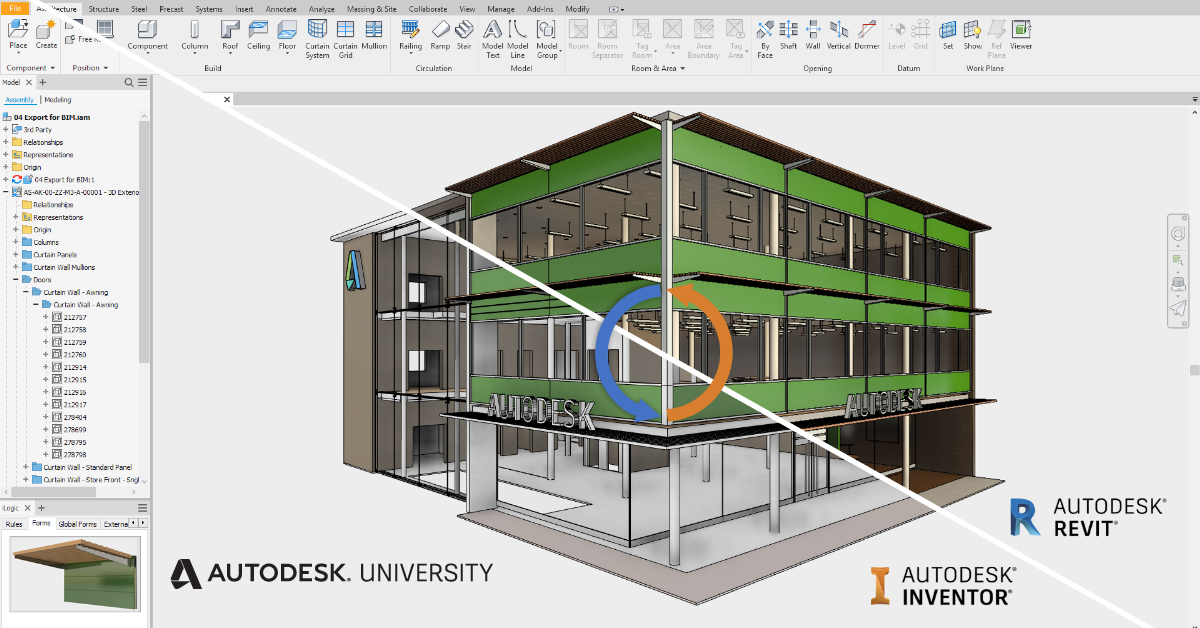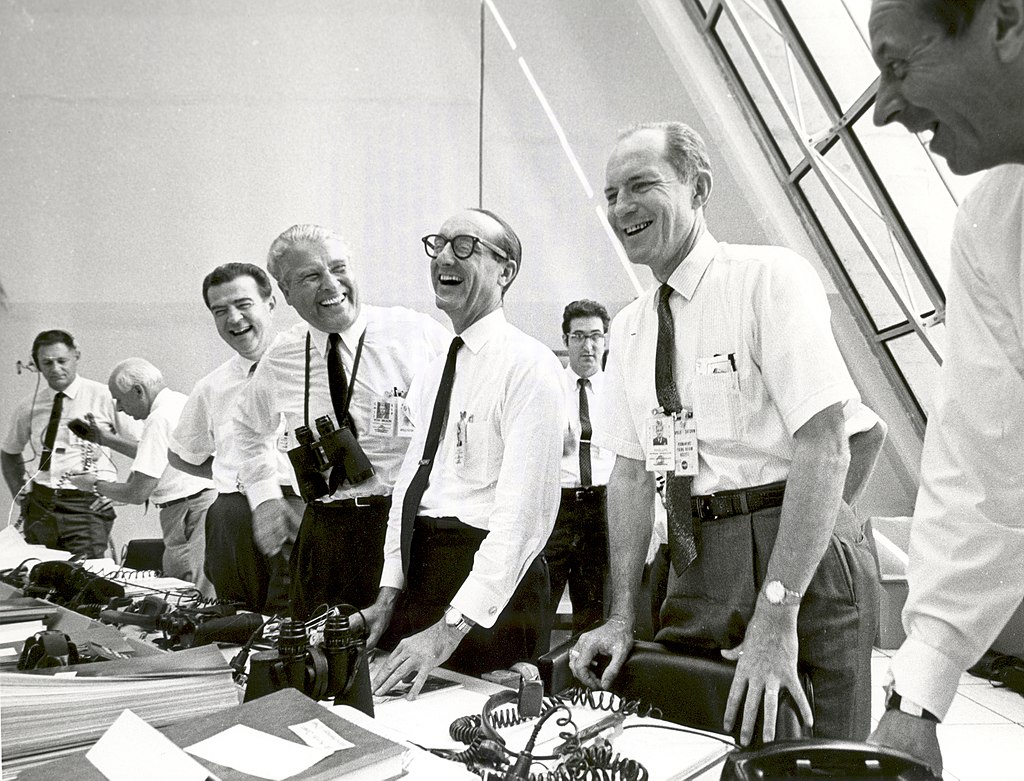
When it comes to design and engineering, very rarely is your design going to be created by only you. You routinely import, export and share 3D CAD files with vendors, partners, and stakeholders. In some cases, as much as 50% of your design could be non-native CAD files. Historically you would insert that CAD file, and if there is a change, you would have to reinsert it, replace it and hopefully not have the model crash. AnyCAD allows you to insert models as a reference and not a translated 3D CAD file. This helps when collaborating in a multi-CAD environment by reducing the amount of time you spend rebuilding your models when an update happens. There are some rules and best practices you should think about when working with AnyCAD.
Rule number one: if the non-native file is never going to change don’t use AnyCAD. Insert the file, drop it into your assembly and forget about it. Think of these components similar to content center components, as long as they have the right material properties, look good on the screen and are accurately sized they will work in almost all situations.
Rule number two: if your non-native CAD file is going to change it doesn’t mean you have to use AnyCAD all the time. If a component is changing drastically, meaning faces are being deleted, or the connection points previously used in the model are disappearing you’ll still need to rebuild those constraints. And in some cases inserting the model as a translated component might be the better thing to do. (this is a case-by-case basis)
Rule number three: if your non-native CAD file is going to change, but the connection points you used previously for constraints are more than likely going to stay the same by all means use AnyCAD. This will save you time and effort in maintaining and building models.
Rule number four: if you are going to modify your non-native CAD files don’t use AnyCAD. The best thing to do is to translate the file then use direct editing tools and other modeling techniques to edit your models.
Rule number five: AnyCAD doesn’t fix poor modeling practices. If someone sends you a poorly designed model from another CAD package, it will still be a poorly designed model inside of Inventor.
Rule number six: there still is going to be some manual file moving in most cases. If you’re using Vault or Windows for your data management, outdated files will need to be updated with the new non-native CAD files. Then you simply update your assembly inside of Inventor and make sure to keep an eye out for constraint and joint failure.
AnyCAD technology allows you to more effectively leverage non-native CAD files and is part of every single Autodesk Inventor installation. It’s not an additional add-on and does not require any special expertise to run. The next time you get a file from a vendor try using AnyCAD inside of Autodesk Inventor and see how it works for you.



Add comment
Connect with: Log in
There are no comments